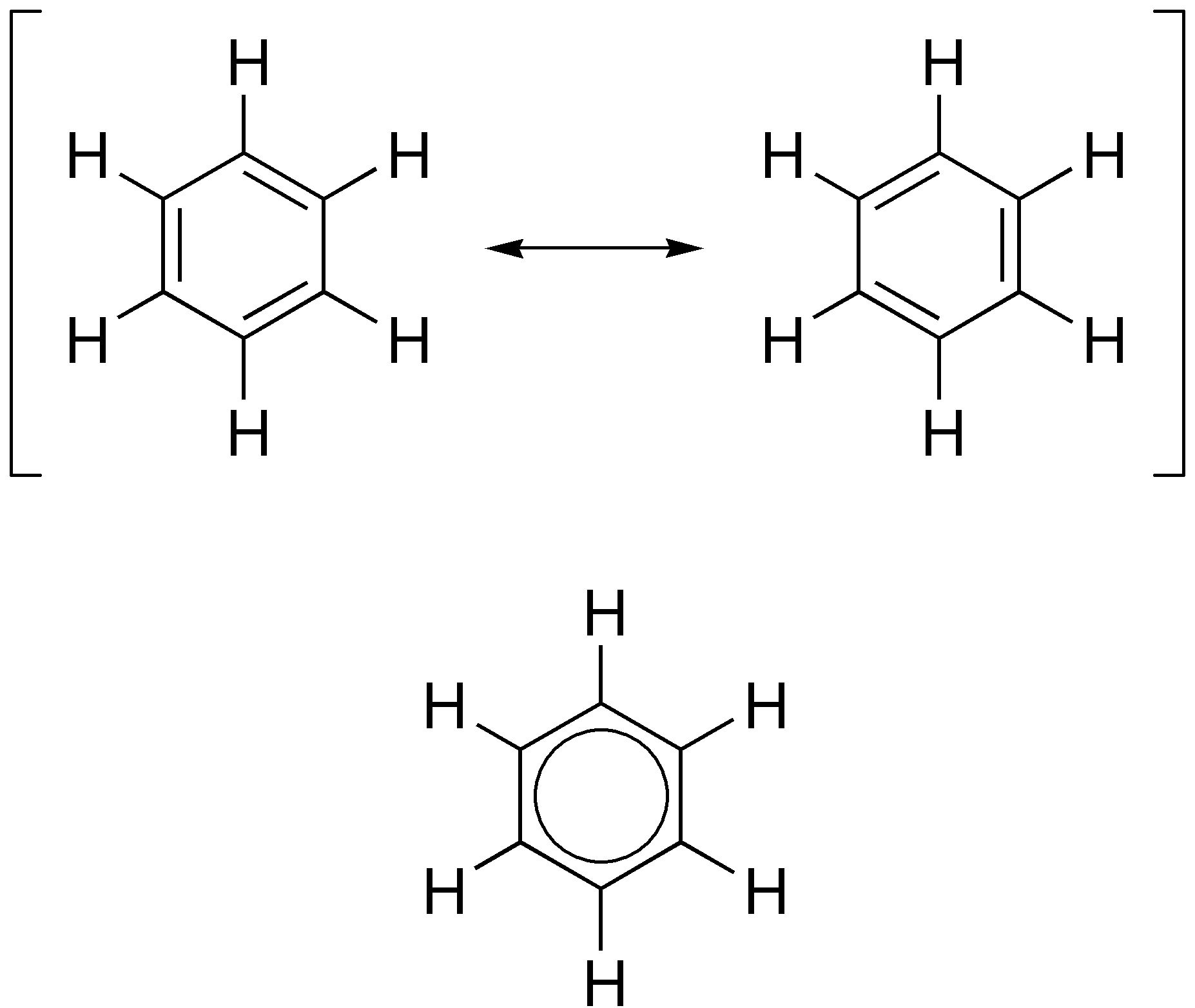Kekule’s Dream
February 4, 2009 by caroljordan
Sometimes to make a scientific breakthrough no matter how well tested the idea you need to be able to think creatively.
 For German Chemist Friedrich August Kekulé
(1829- 1896), the inspiration for his out of the box thinking came from
a dreamlike vision. Up until 1858 chemists did not really have a clear
understanding of the structure of organic molecules but it was
generally accepted that they formed ordered straight chains.
For German Chemist Friedrich August Kekulé
(1829- 1896), the inspiration for his out of the box thinking came from
a dreamlike vision. Up until 1858 chemists did not really have a clear
understanding of the structure of organic molecules but it was
generally accepted that they formed ordered straight chains.Kekule, a theoretical chemist was particularly curious as to why benzene had chemical properties that could not be explained using current theories. What was lacking was a clear understanding of benzene’s structure and finding the explanations he was looking for seemed impossible. However, one day while traveling home on the bus from his laboratory he dozed off and in his dream saw the straight chained benzene molecules twisting and turning in a
 snake
like motion. One of the snakes caught hold of its tail and made a ring
like formation. When Kekulé woke he had a flash of inspiration and as
soon as he got home made sketches of this dream form of benzene.
snake
like motion. One of the snakes caught hold of its tail and made a ring
like formation. When Kekulé woke he had a flash of inspiration and as
soon as he got home made sketches of this dream form of benzene. In 1865 Kekule presented a paper to the Royal Academy of Belgium proposing that the structure of benzene was a single hexagonal ring of six carbon atoms with alternating single and double carbon-carbon bonds. His theory met widespread
 approval from fellow chemists.
approval from fellow chemists.However his structure did not stand the test of time. It wasn’t long before a modern experimental procedure called x-ray diffraction revealed t
hat the carbon-carbon bonds in benzene were actually equal in length.
Further experiments supported the idea that Kekule’s alternating single and double bonds were not possible. As a result his structure was replaced by a truer ‘resonance hybrid’ structure with the same arrangement of atoms but the length of each C-C bond being somewhere in between a single and double bond due to delocalised pi electrons.
 Kekule’s
story shows that being able to make creative connections between
seemingly unrelated phenomena (a benzene molecule and a snake) can lead
to significant advances in what scientists know. They can’t rely solely
on formal inductive and deductive reasoning as a way of knowing – they
need to be able to think creatively as well.
Kekule’s
story shows that being able to make creative connections between
seemingly unrelated phenomena (a benzene molecule and a snake) can lead
to significant advances in what scientists know. They can’t rely solely
on formal inductive and deductive reasoning as a way of knowing – they
need to be able to think creatively as well.Edward de Bono, regarded by many as a leading authority in the field of creative thinking said.
Logic is the tool that is used to dig a hole deeper and bigger, but if the hole is in the wrong place, then no amount of digging will get you to your intended destination.So, the next time you are struggling to come up with your own creative lab idea allow yourself to dream a little.


No hay comentarios:
Publicar un comentario